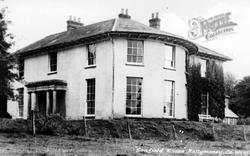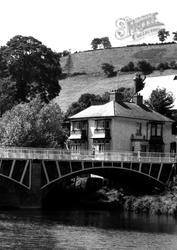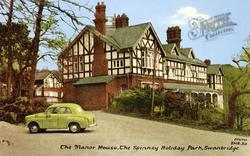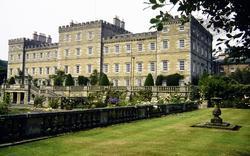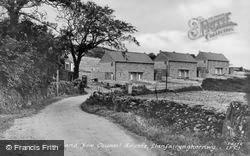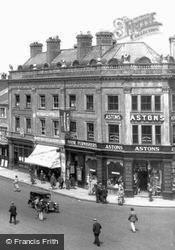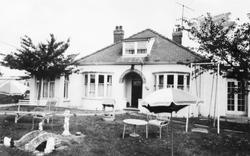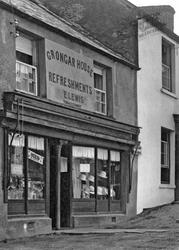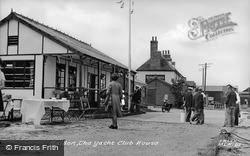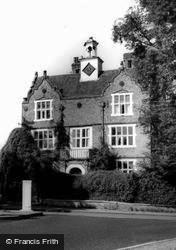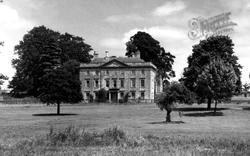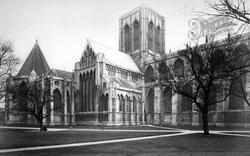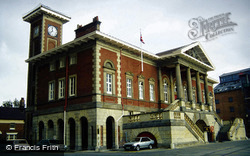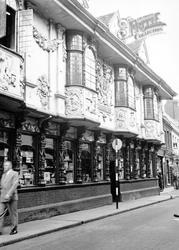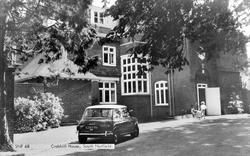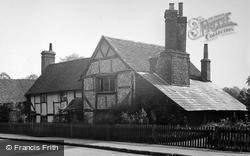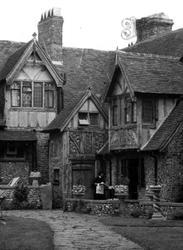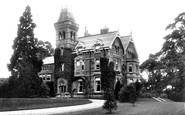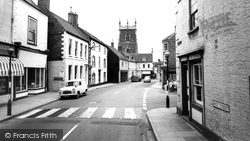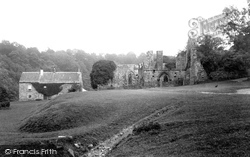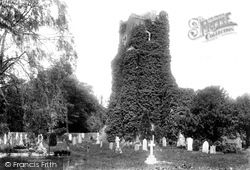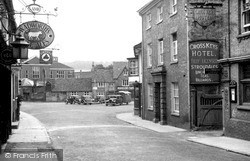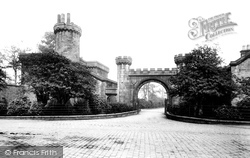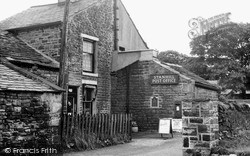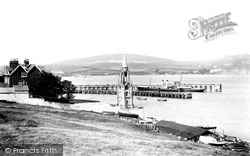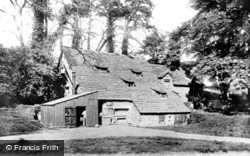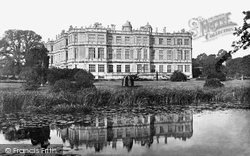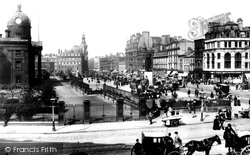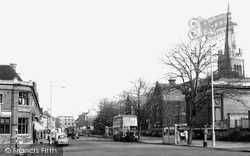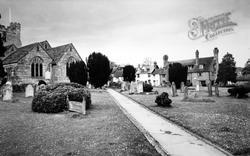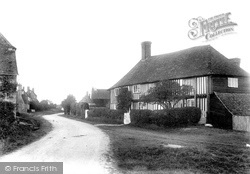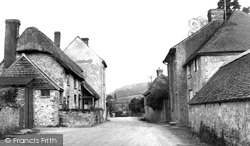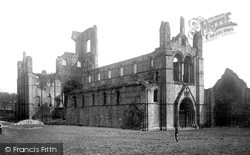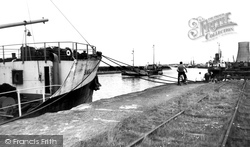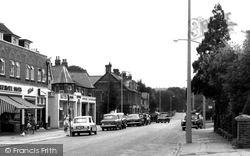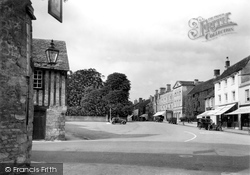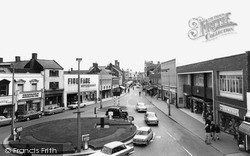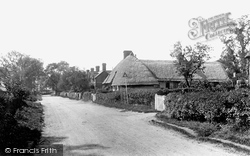Places
36 places found.
Those places high-lighted have photos. All locations may have maps, books and memories.
- Chatsworth House, Derbyshire
- Osborne House, Isle of Wight
- Brambletye House, Sussex
- Ickworth House, Suffolk
- Kingston Lacy House, Dorset
- Boscobel House, Shropshire
- Preshute House, Wiltshire
- Bolton Houses, Lancashire
- Brick Houses, Yorkshire
- Quaking Houses, Durham
- Water Houses, Yorkshire
- Bottom House, Staffordshire
- New House, Kent
- Mite Houses, Cumbria
- Lyneham House, Devon
- Church Houses, Yorkshire
- Dye House, Northumberland
- Spittal Houses, Yorkshire
- Street Houses, Yorkshire
- Tow House, Northumberland
- Halfway House, Shropshire
- Halfway Houses, Kent
- High Houses, Essex
- Flush House, Yorkshire
- White House, Suffolk
- Wood House, Lancashire
- Bank Houses, Lancashire
- Lower House, Cheshire
- Marsh Houses, Lancashire
- Chapel House, Lancashire
- Close House, Durham
- Guard House, Yorkshire
- Hundle Houses, Lincolnshire
- Hundred House, Powys
- Thorley Houses, Hertfordshire
- School House, Dorset
Photos
7,776 photos found. Showing results 5,541 to 5,560.
Maps
370 maps found.
Books
1 books found. Showing results 6,649 to 1.
Memories
10,361 memories found. Showing results 2,771 to 2,780.
Wartime In Ivybridge 1939
I was one of ten little girls, plus our teacher, who arrived in Ivybridge as evacuees from Acton, London, at the outbreak of the Second World War. We were taken to a hall (probably at the school) where we were ...Read more
A memory of Ivybridge in 1940 by
Hazel Road
My father was born in 1930 and lived in Hazel Road, opposite the Supermarine factory. He left in the 1930s as his father, who was in the Navy, was moved to Coventry to become a recruiting officer. At the beginning of this year, I had ...Read more
A memory of Woolston in 1930 by
Definately Not A Paint Tin! Woodford Wells
About a mile or so from South Woodford toward Buckhurst Hill, on the New Road, is Woodford Wells. My friend lived in the third house from the corner diagonally across from Bancrofts School. The ...Read more
A memory of South Woodford in 1942 by
Lemington Dance
Lemington Dance was held in a prefabricated building at the bottom of Woodburn Street, we used to go there on a Saturday and Sunday night, in fact I met my husband there. We would dance to all the 60s' music, great times. I think ...Read more
A memory of Lemington in 1962 by
An Ashbourne Childhood
My family moved to Ashbourne in 1942 when I was 6. I went to school at what must have been the last of the old "Dame" schools run by an elderly lady called Ethel Hunter. The school was at the top of a big house in Church ...Read more
A memory of Ashbourne in 1943
Friends
I remember going to school with Gillian Barsby and her brother, a miner called Mr Griffiths, he had a daughter Pat and lived in a house by the railway crossing. My step father was head lad for Bob Ward. After Bob Ward ceased training we ...Read more
A memory of Hazelslade in 1960 by
Childhood In Buckhurst Hill
I lived at 4 Fairlands Avenue, Buckhurst Hill. My parents moved there just before the Second World War, and I was born in April 1939. I well remember W.C.French Ltd's yard next to Fairlands Avenue fronting the ...Read more
A memory of Buckhurst Hill in 1940 by
Childhood Home
I lived at Gastard House from 1953-1967. By that time it had been converted into flats, and we had the ground floor. There were other children there as well, and we had acres of space to play, in spite of part of the gardens being ...Read more
A memory of Gastard by
Your search returned a large number of results. Please try to refine your search further.
Captions
6,977 captions found. Showing results 6,649 to 6,672.
The grocers' shop has now been incorporated into the George public house. West Street, whose sign (right) has now gone, is the route to Horncastle and Lincoln.
Before the end of the century Finchale had become a dependent house of about nine or ten monks.
Priory, remodelled by Sir John Soane in the late 18th century, where Queen Adelaide died in 1849; here, too, is Stanmore Hall, a remarkable ragstone building which until a great conflagration in 1979 housed
It closed in 1974, and is now known as Marsh House. Opposite is the Lamb, which first made its appearance on this site between 1672 and 1781. The present Lamb opened in 1833.
In March 1902 she sold the hall and its 62 acres to Burnley for the very low price of £17,500, and paid for the art gallery it housed.
Because of his new invention and the new mechanisation it brought about, many people were forced out of their rural homes to work in the factories, and he was forced out of this house and the area.Apart
Brought from London, it marked the north- eastern corner of contractor Thomas Docwra's Grove House estate.
However, water power can be unreliable, so the shed on the left with the chimney housed a steam engine to power the machinery if the water was too low.
Ancestral home of the Marquesses of Bath, and sometimes described as the first true Renaissance house in England, Longleat was built by Sir John Thynne between 1547 and 1580.
Farther downstream from here on the other side of the bridge were the premises of the Wye Fisheries, Stuart House.
Horse-drawn ambulances, taxi cabs, flat wagons, and even a horse bus were used to convey the patients down to the new Royal Infirmary on Oxford Road.
In this view are three of the best buildings in the town: the medieval parish church; the more modern columned art gallery of 1913, which was built to house the work of a noted local artist, Alfred East
The grocers' shop has now been incorporated into the George public house. West Street, whose sign (right) has now gone, is the route to Horncastle and Lincoln.
This had been the Norfolk Coffee House; it was rebuilt in white brick in 1838.
St Peter's Cottage, once a priest's house and now a restaurant, has an inglenook fireplace with a cast iron Sussex fireback of 1657.
In the background (centre) is the Market House, erected in 1836, which was converted to the post office in 1923 by building between and behind its open colonnade.
Beyond the house, on the right, we can just glimpse a chapel.
The varying height of the old houses built of flint and stone with thatch and tile, contrasts with the varying width of the roadway. It is now a village where artists like to work.
The gatehouse was then converted to a domestic house, and it is now the city's folk museum.
Ellesmere Port was a favourite dock for timber from Russia and Scandinavia; from here it was moved all over the north for house building.
The now-closed railway arrived in 1847, but since there were few houses, a station was not built until 1872. There were just five villas here in 1888 when Lord Wimborne built the school.
The Market Place, shown here, has fine 17th- and 18th-century buildings; the 3-storey ashlar-faced house right of centre is a fine example, with its rusticated ground floor stonework, fine pediment
The modern architecture sits very uncomfortably with the earlier buildings – an example is the Fine Fare building, which now houses Super Drug.
Sad to say, the fine thatched house and barn have not survived; only the row of Rose Cottages stand today as a reminder of the tiny village of Wyddial.
Places (80)
Photos (7776)
Memories (10361)
Books (1)
Maps (370)


